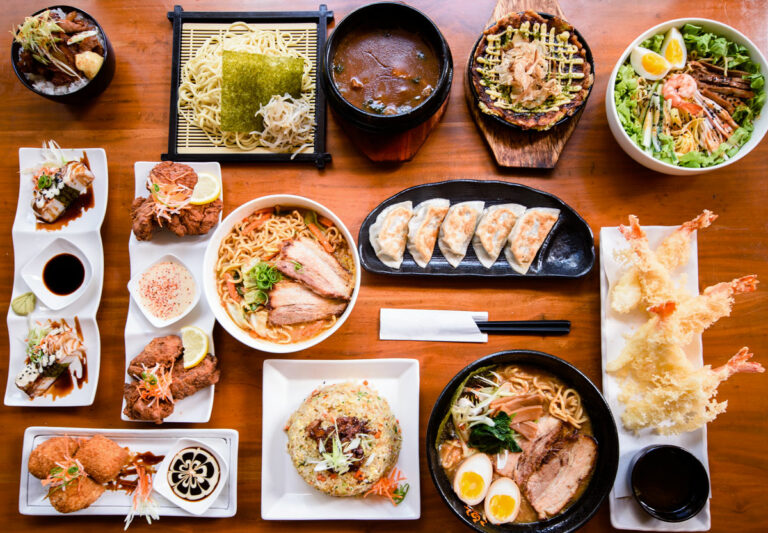Introduction: Japanese Cuisine Beyond Sushi and Ramen
When many people think of Japanese cuisine, they often picture sushi rolls and steaming bowls of ramen. However, the cuisine of Japan goes far beyond these popular dishes. From the seafood-rich cuisine of Hokkaido to the hearty stews of Kyushu, each region of Japan has its own unique culinary traditions and flavors.
If you’re interested in exploring beyond the typical Japanese restaurant menu, there are plenty of lesser-known regional dishes and ingredients to discover. From savory grilled meats to delicate sweets, Japanese cuisine is full of surprises.
What Makes Japanese Cuisine So Unique?
Japanese cuisine is known for its emphasis on fresh, seasonal ingredients and simple, elegant preparation methods. Unlike many other cuisines, Japanese dishes often highlight the natural flavors of the ingredients rather than using heavy sauces or spices.
Another key aspect of Japanese cuisine is the concept of umami, or the “fifth taste.” This savory flavor is found in many Japanese ingredients, such as soy sauce, miso paste, and katsuobushi (dried fish flakes). Umami is often described as a meaty, savory flavor that adds depth and complexity to dishes.
Lesser-Known Regional Dishes from Hokkaido to Kyushu
While sushi and ramen may be some of the most well-known Japanese dishes, there are plenty of lesser-known regional specialties to try. For example, in Hokkaido, the northernmost island of Japan, seafood is a major part of the cuisine. Some popular dishes include ikura (salmon roe) rice bowls and grilled scallops.
In Kyushu, the southernmost island, you can find hearty stews and hot pot dishes like motsunabe (beef intestine stew) and champon (noodle soup with seafood and vegetables). Other regional specialties include Hiroshima-style okonomiyaki (savory pancakes filled with cabbage and noodles) and Osaka-style takoyaki (fried balls of batter filled with octopus).
The Secrets of Japanese Ingredients: From Umami to Katsuobushi
One of the things that makes Japanese cuisine so unique is the wide variety of ingredients used in cooking. From seaweed and tofu to pickled vegetables and fermented soybeans, Japanese dishes often feature ingredients that may be unfamiliar to Western palates.
One of the most important Japanese ingredients is katsuobushi, or dried and shaved bonito fish flakes. These flakes are often used to make dashi, a flavorful broth that is the basis for many Japanese soups, stews, and sauces. Katsuobushi is also used to add a smoky, savory flavor to dishes like okonomiyaki and takoyaki.
From Natto to Mochi: Unusual Japanese Foods To Try
If you’re feeling adventurous, there are plenty of unusual Japanese foods to try beyond the typical sushi and ramen dishes. For example, natto is a fermented soybean dish that is known for its pungent aroma and sticky, slimy texture. It’s often eaten for breakfast in Japan and is said to be a good source of protein and other nutrients.
Mochi is another unique Japanese food that is made from glutinous rice and has a chewy, sticky texture. It’s often used in sweet treats like daifuku (sweet rice cakes filled with sweet bean paste) and sakura mochi (pink mochi filled with sweet bean paste and wrapped in a cherry blossom leaf).
Conclusion: Why Exploring Regional Japanese Cuisine Is Worth It
While sushi and ramen may be the most well-known Japanese dishes, there is so much more to discover in the cuisine of Japan. Each region has its own unique flavors and specialties, from seafood-rich cuisine in Hokkaido to hearty stews in Kyushu.
By exploring lesser-known regional dishes and ingredients, you can gain a deeper appreciation for the diversity and complexity of Japanese cuisine. So why not venture beyond the familiar and try something new? Who knows, you may just discover your new favorite Japanese dish.

